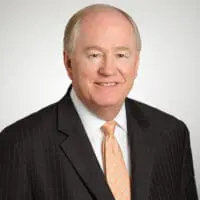Employee Benefits
IRS Issues Final Regulations for Hardship Distributions
Dec 03, 2019
We previously reported on the Bipartisan Budget Act (the “Budget Act”) hardship distribution rule changes for qualified retirement plans. On September 23, 2019, the IRS issued final regulations implementing certain statutory changes to the hardship distributions rules, including those required by the Budget Act. The final regulations closely track the proposed regulations issued in November 2018. The following are some of the more significant changes implemented by the final regulations:
- Employers must remove the six-month suspension of a participant’s plan contributions following a hardship distribution occurring on or after January 1, 2020.
- Participants may receive a hardship distribution without first requesting a loan from the plan. Previously, exhaustion of plan loans was required before a participant could be eligible for a hardship distribution.
- Employers may allow hardship distributions under a new category of safe harbor expenses for losses incurred by a participant on account of a disaster declared by the Federal Emergency Management Agency (“FEMA”) under the Robert T. Stafford Disaster Relief and Emergency Assistance Act. The safe harbor is limited to participants who live or work in an area designated by FEMA for assistance with respect to a disaster.
- Participants are permitted, but are not required, to receive hardship distributions from elective deferrals, qualified non-elective contributions (“QNECs”), qualified matching contributions (“QMACs”), safe harbor contributions and earnings thereon. Previously, hardship distributions were not permitted from QNECs, QMACs, safe harbor contributions, or earnings on elective deferrals, QNECs, QMACs, and safe harbor contributions.
The final regulations are generally applicable to hardship distributions on or after January 1, 2020, but employers could implement the changes for plan years beginning after December 31, 2018. Employers who have not already implemented the hardship distribution changes should consider amending their qualified retirement plans to address the final regulations by December 31, 2019.
Media Contact











